摘 要
时下人工智能蔚然成风,作为新型生产要素,在各个领域都极大地推动了经济发展,预示着社会经济将取得巨大增长和和人类潜能将得到深度开发。实现人工智能的手段即为机器学习,而机器学习领域中的一个重要问题就是手写字符的识别。手写数字识别的应用包括邮件分拣,银行支票处理,表格数据输入等。问题的核心在于开发能够识别手写数字的有效算法的能力,并且用户通过该方式提交扫描仪,平板电脑和其他数字设备来完成手写数字的识别。但因个人手写数字特征的千差万别,造成了现有手写数字识别系统的识别准确率普遍较低。
本文旨在通过使用Google研发的Tensorflow人工智能框架,分别搭建Softmax回归模型和卷积神经网络模型,并比较两者的识别率高低。本系统使用的手写数字数据集是MNIST数据集,该数据集分为三部分:55000行训练数据集、10000 行测试数据集、以及5000行的验证数据集。每个测试集的图像的长和宽各为28个像素点,测试集的标签表示该图像是哪个数字。经过搭建、训练、使用两个模型,Softmax回归模型和卷积神经网络模型对手写数字的识别率分别为91.92%和99.13%,卷积神经网络的识别率已经达到了可以实际应用的程度。本文为人工智能的手写数字识别的发展提供了一定的理论价值和科研依据。
ABSTRACT
Nowadays, artificial intelligence has become a common and hottest trend. As a new type of production factor, it has greatly promoted economic development in various fields, indicating that the social economy will achieve tremendous growth and human potential will be deeply developed. The ways to achieve artificial intelligence is machine learning, and an important issue in the field of machine learning is the recognition of handwritten characters. Applications for handwritten digit recognition include mail sorting, bank check processing, form data entry, etc. At the core of the problem is the ability to develop efficient algorithms that recognize handwritten numbers, and in this way users submit it to scanners, tablets and other digital devices to perform handwritten digit recognition. However, due to the wide variety of personal handwritten digital features, the recognition accuracy of existing handwritten digit recognition systems is generally low.
This paper aims to build a Softmax regression model and a convolutional neural network model by using the Tensorflow artificial intelligence framework developed by Google, and compare the recognition rates of both model. The handwritten digital dataset used in this topic is the MNIST dataset. The dataset is divided into three parts: 55,000 rows of training datasets, 10,000 rows of test datasets, and 5000 rows of validation datasets. The length and width of the image for each test set are each 28 pixels, and the label of the test set indicates which number the image is. After constructin、training and applying those models, the recognition rates of handwritten numbers by Softmax regression model and convolutional neural network model are 91.92% and 99.13%, respectively. The recognition rate of convolutional neural network has reached the level of practical application. This paper provides a certain theoretical value and scientific research basis for the development of artificial intelligence handwritten digit recognition.
目 录










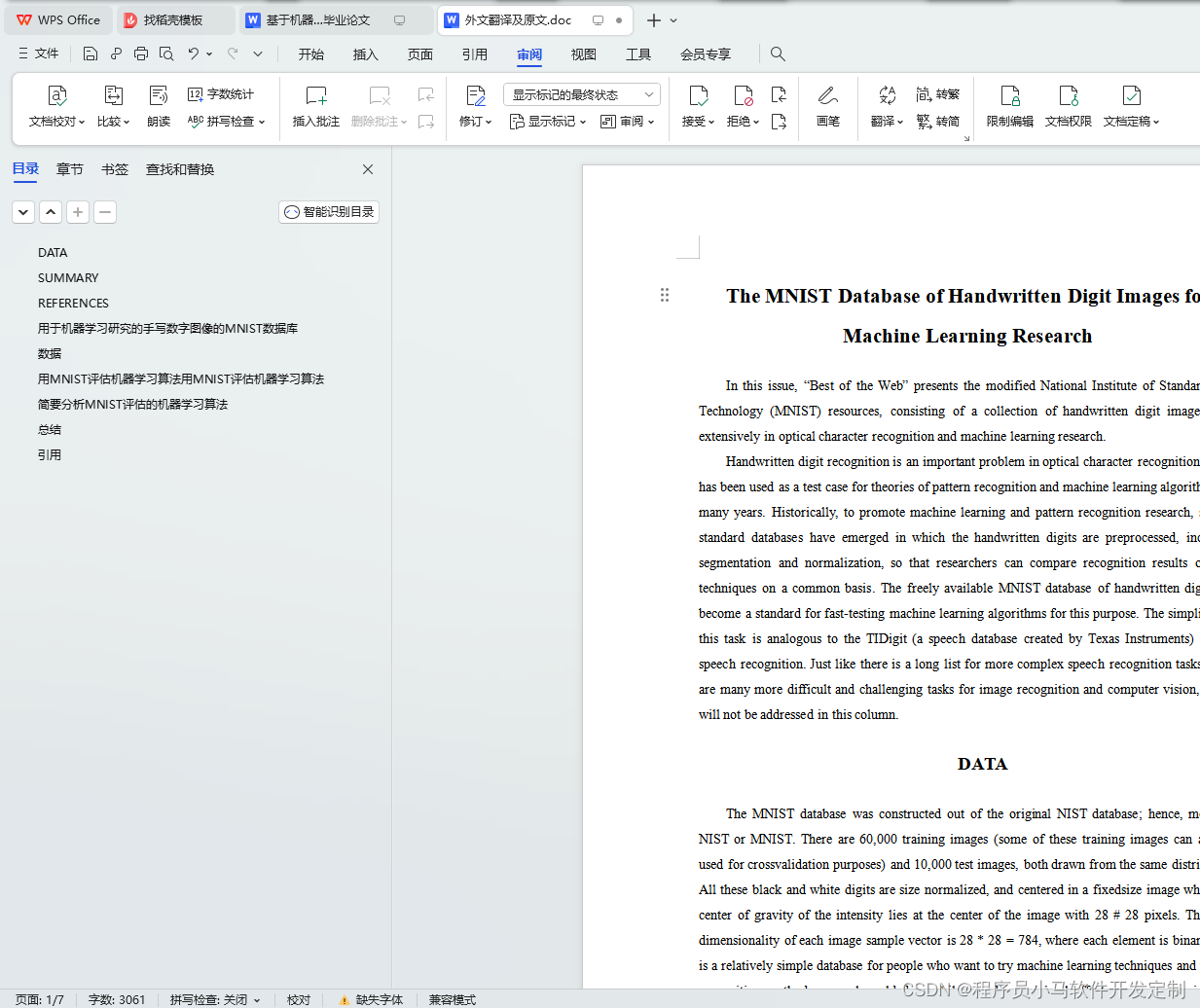
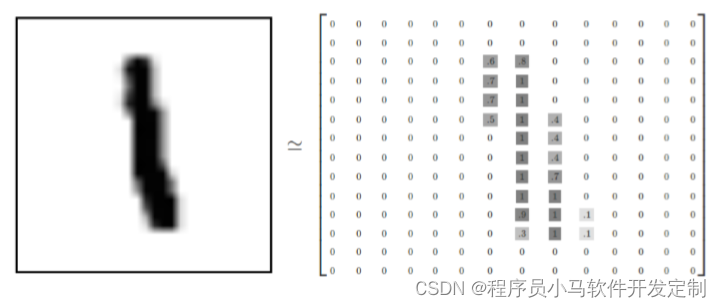
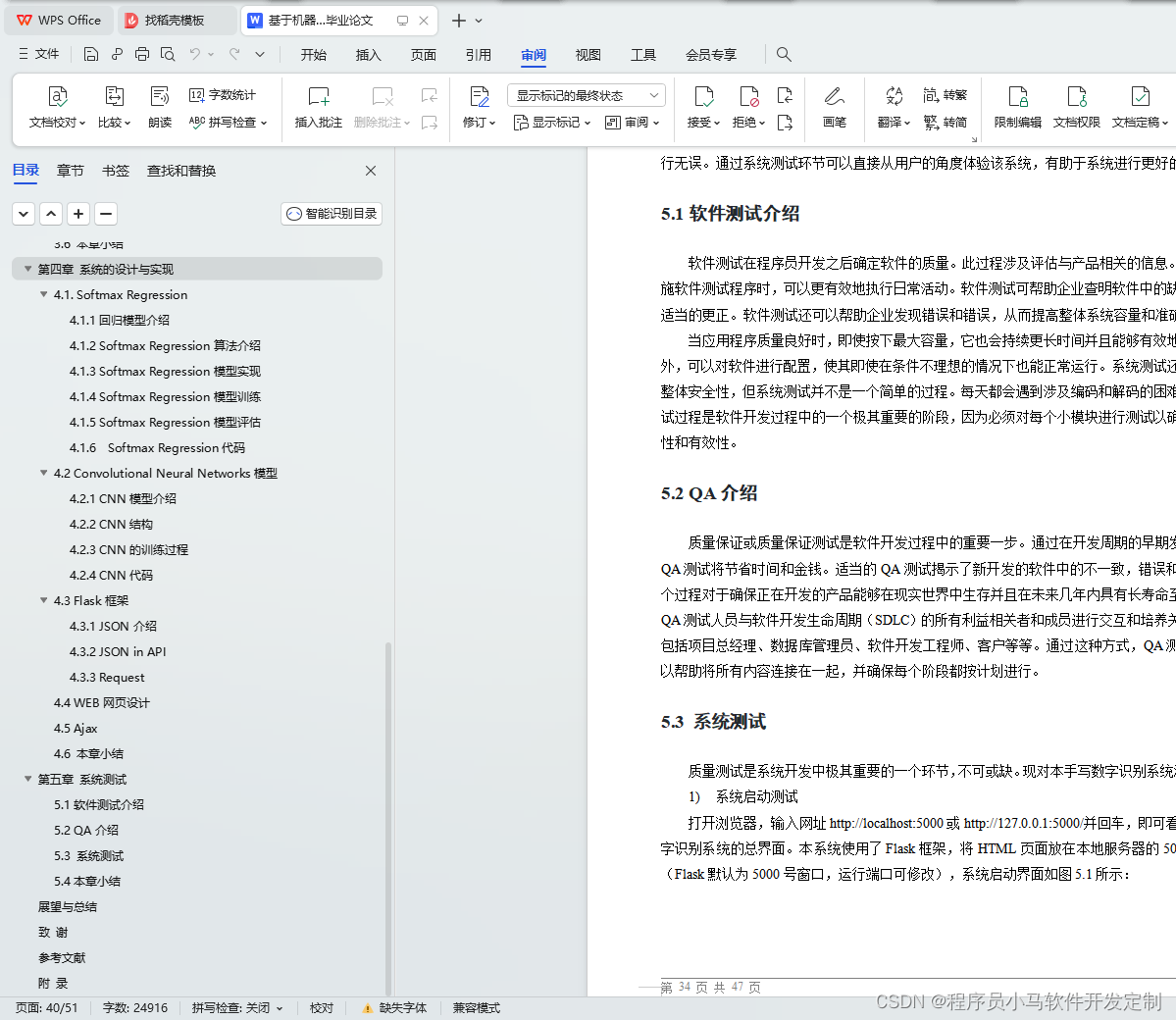

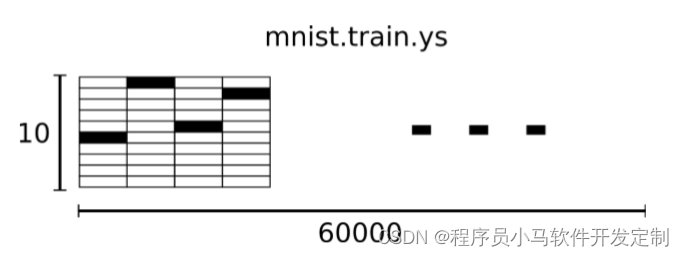




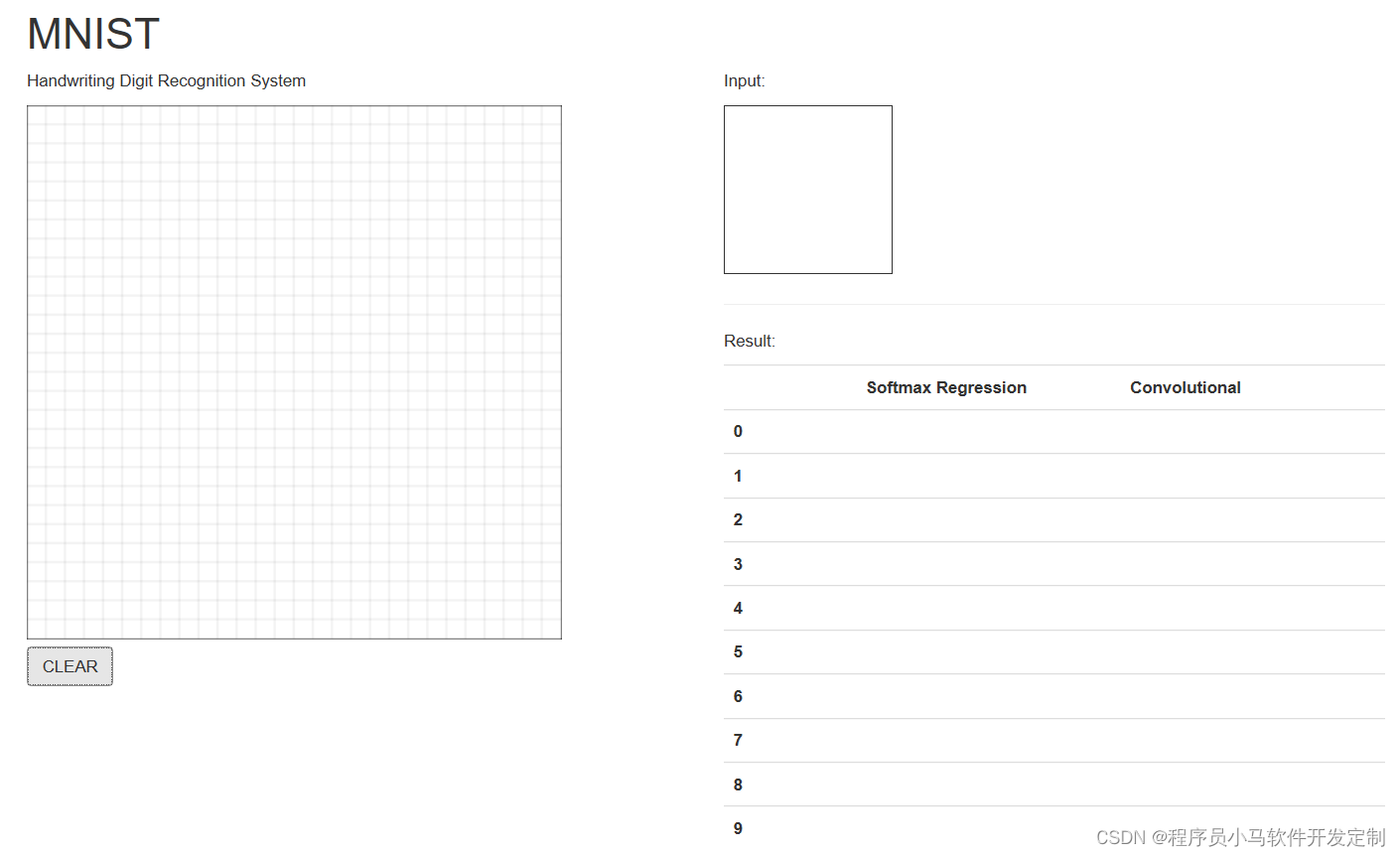


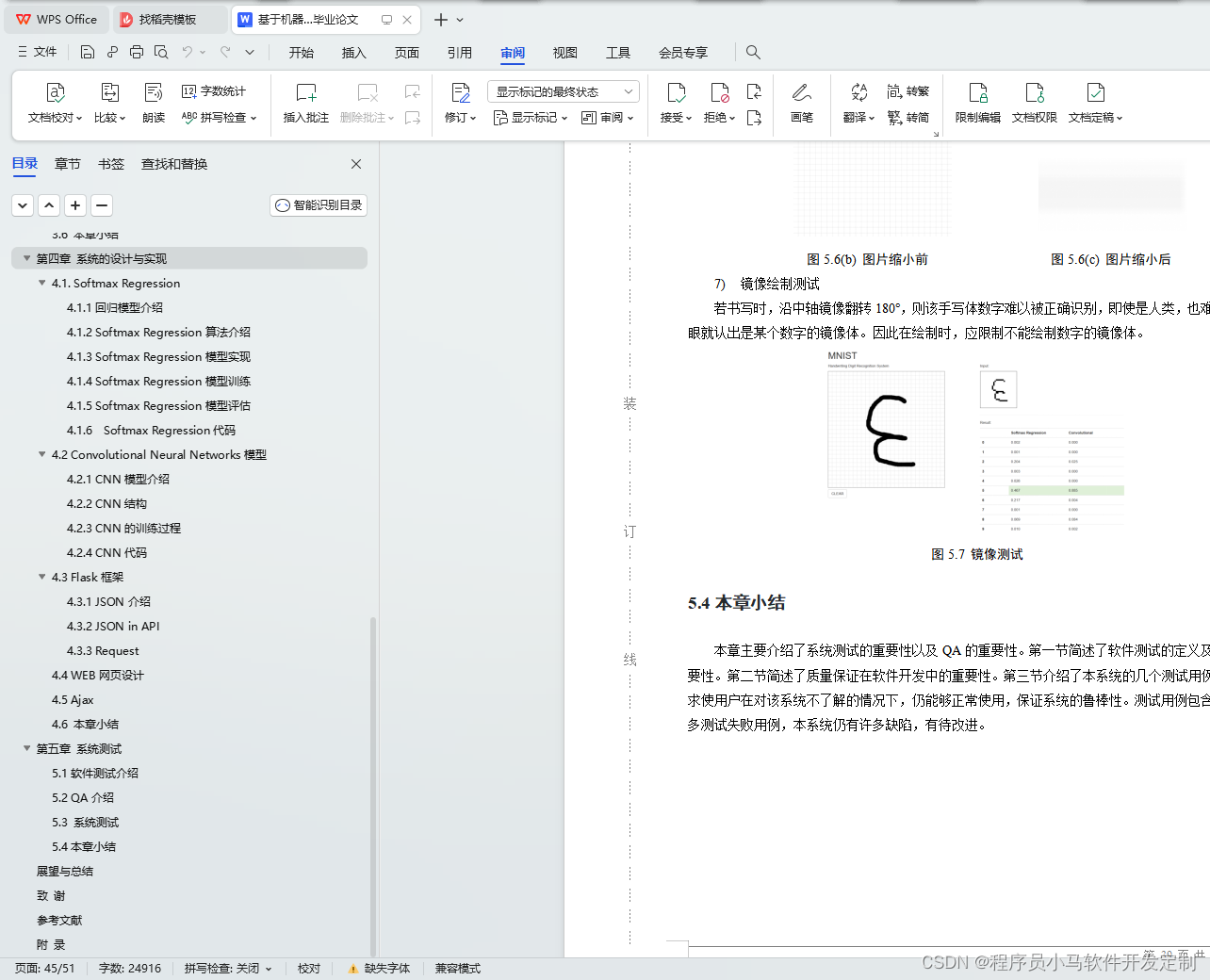

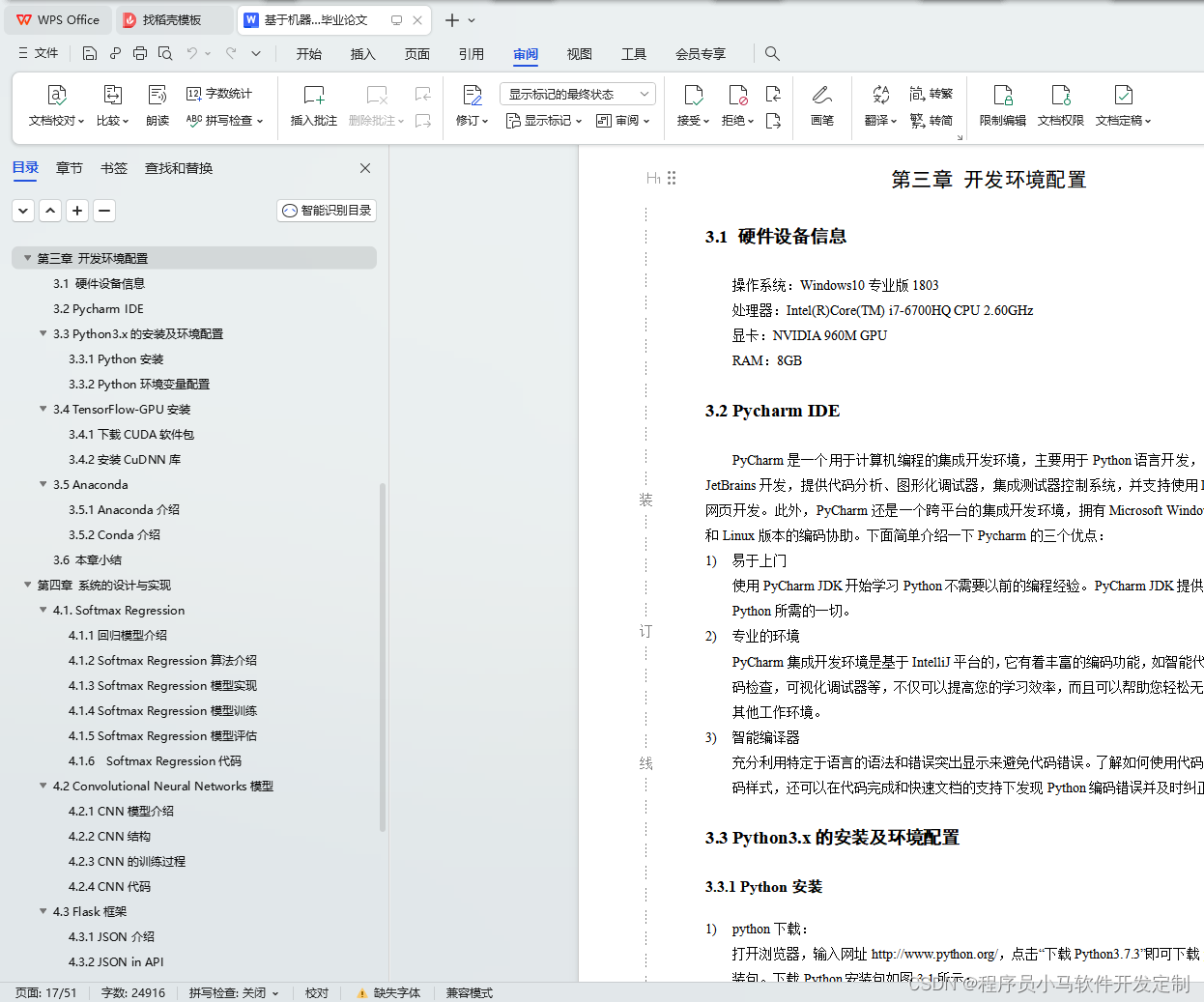
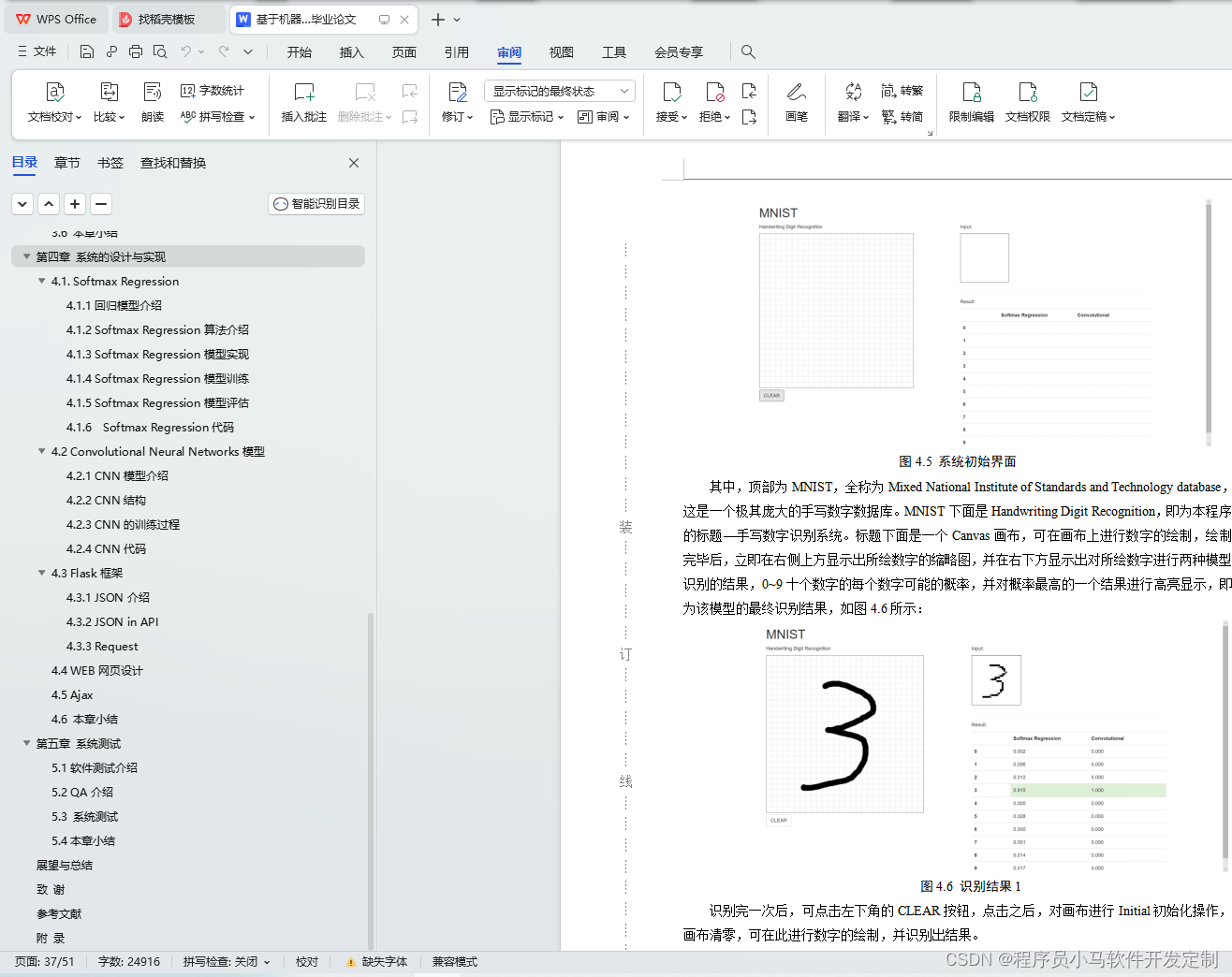
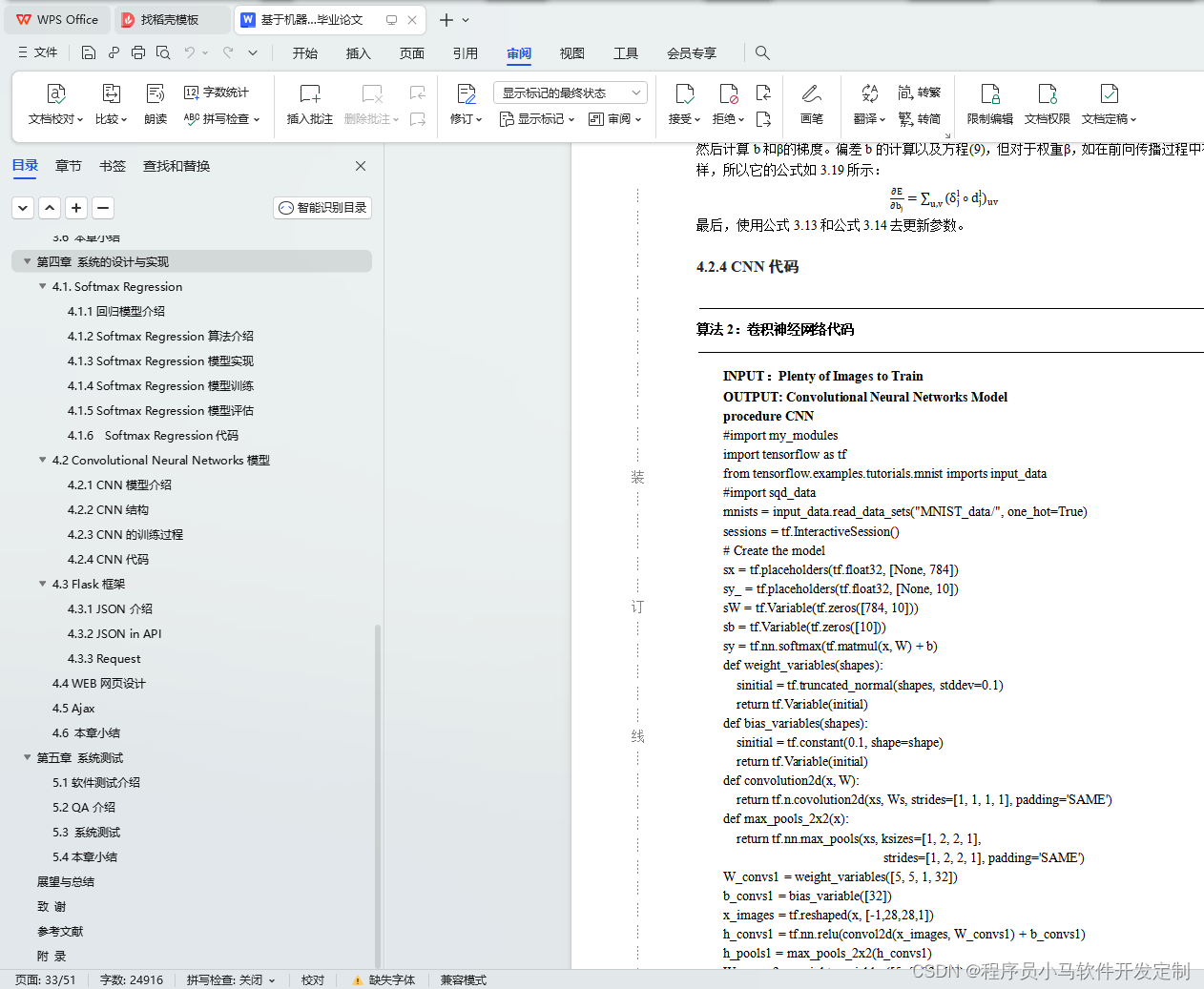


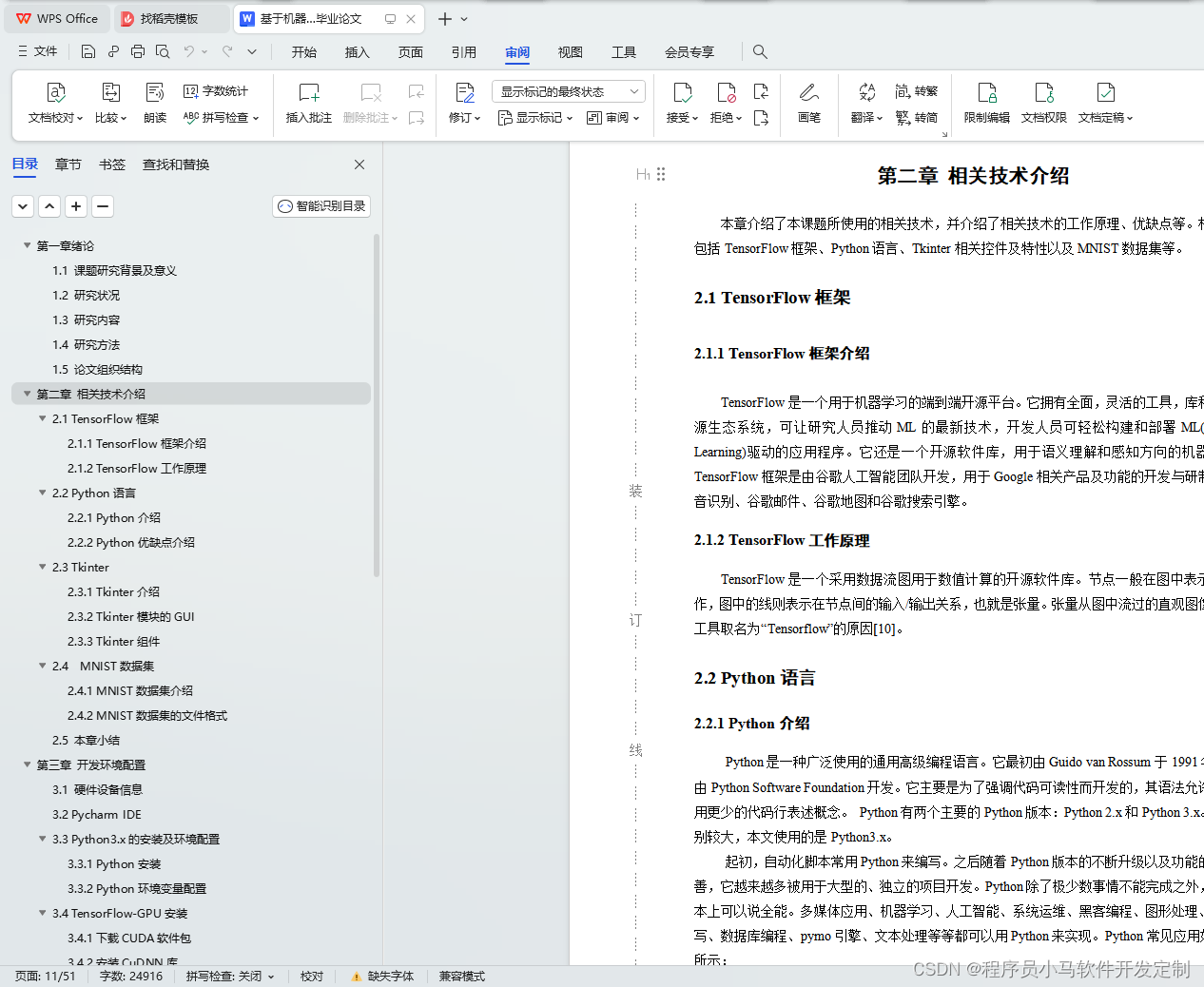
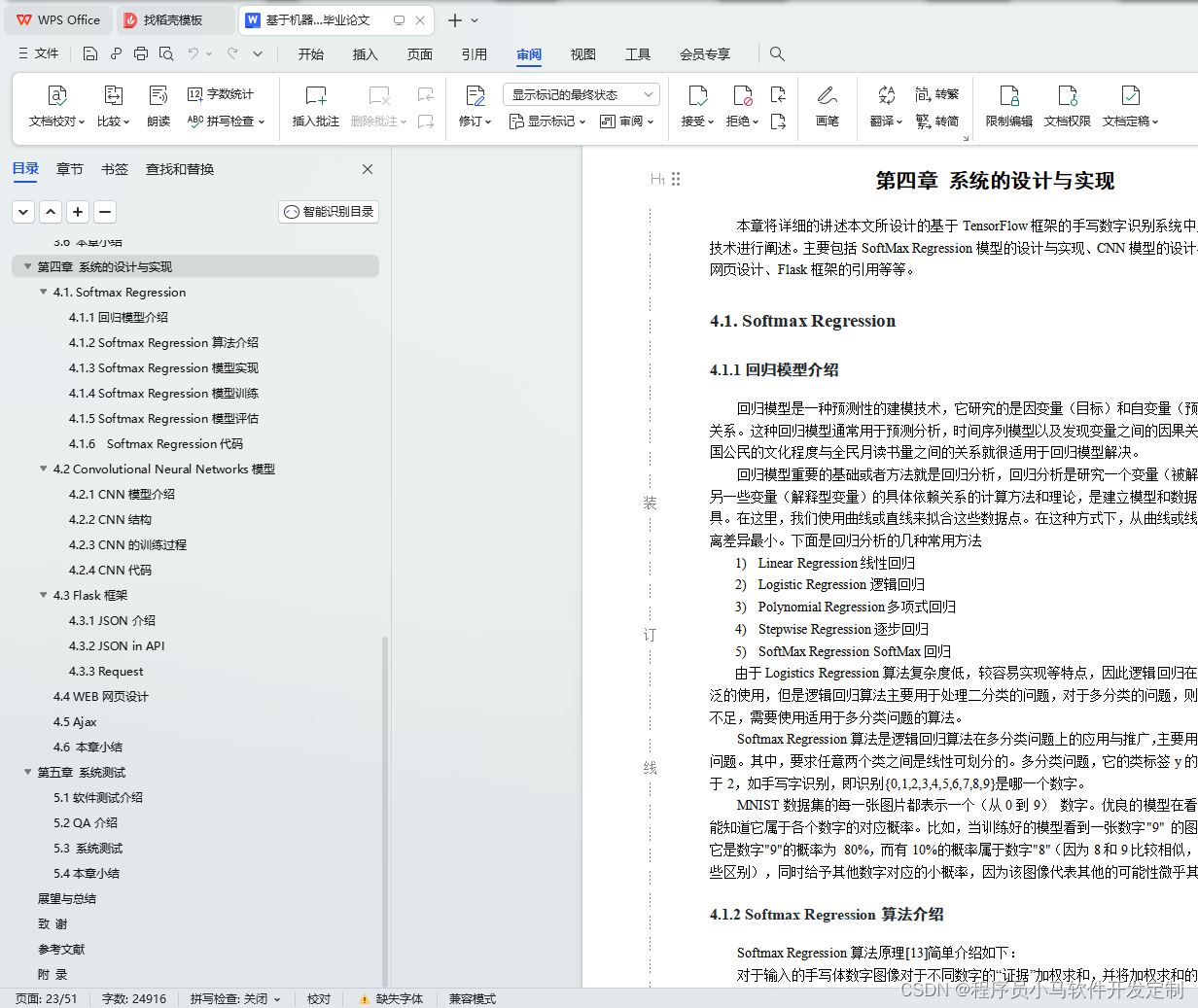

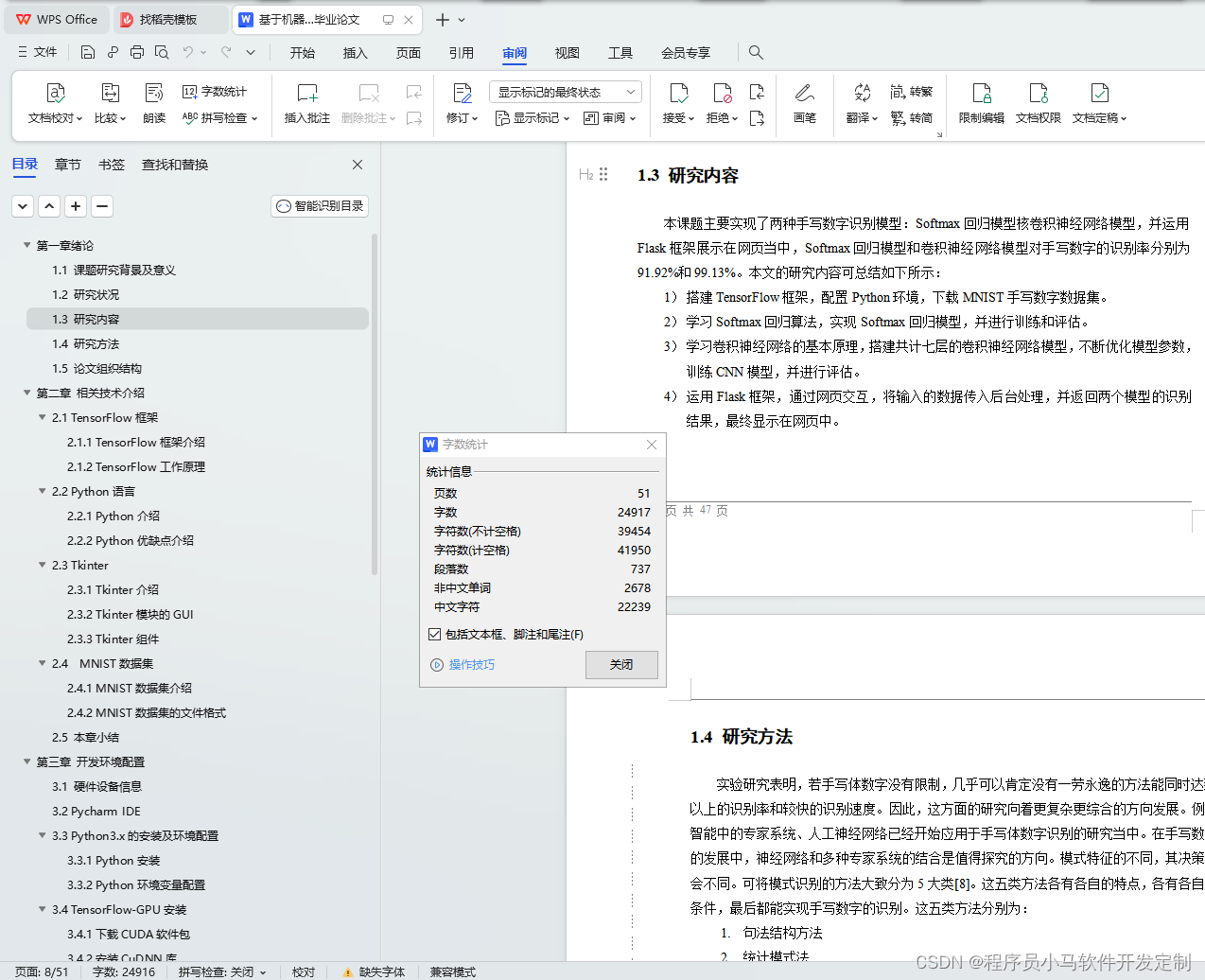
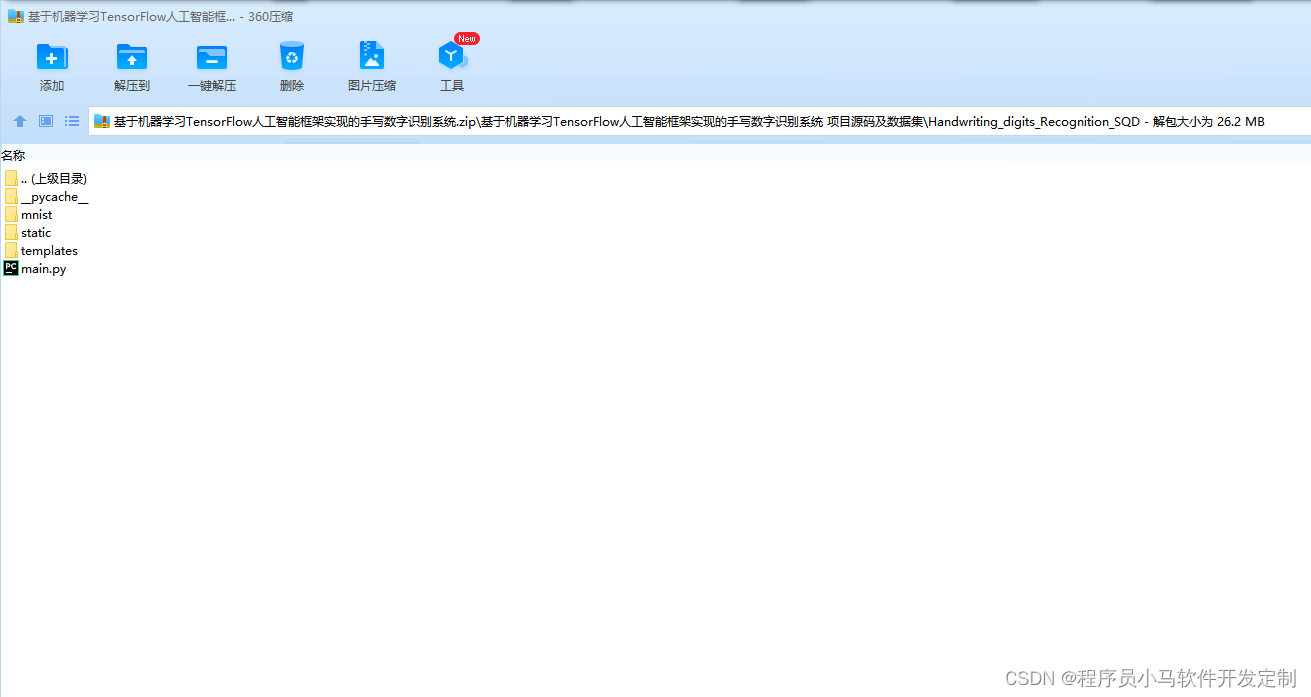
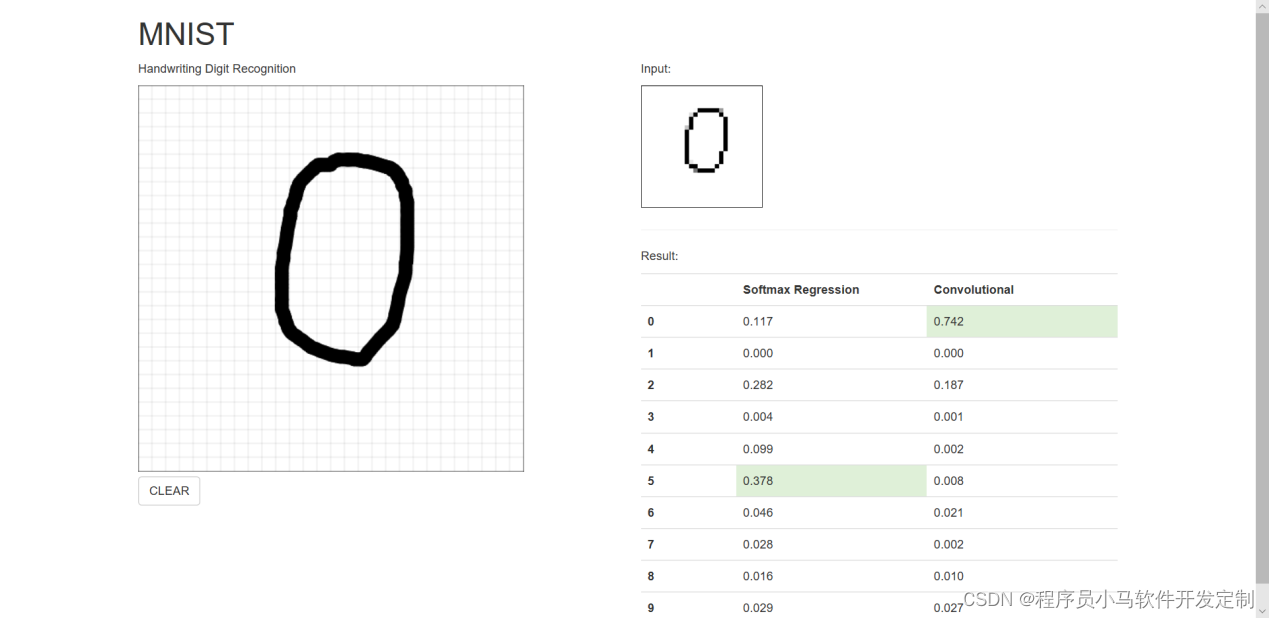

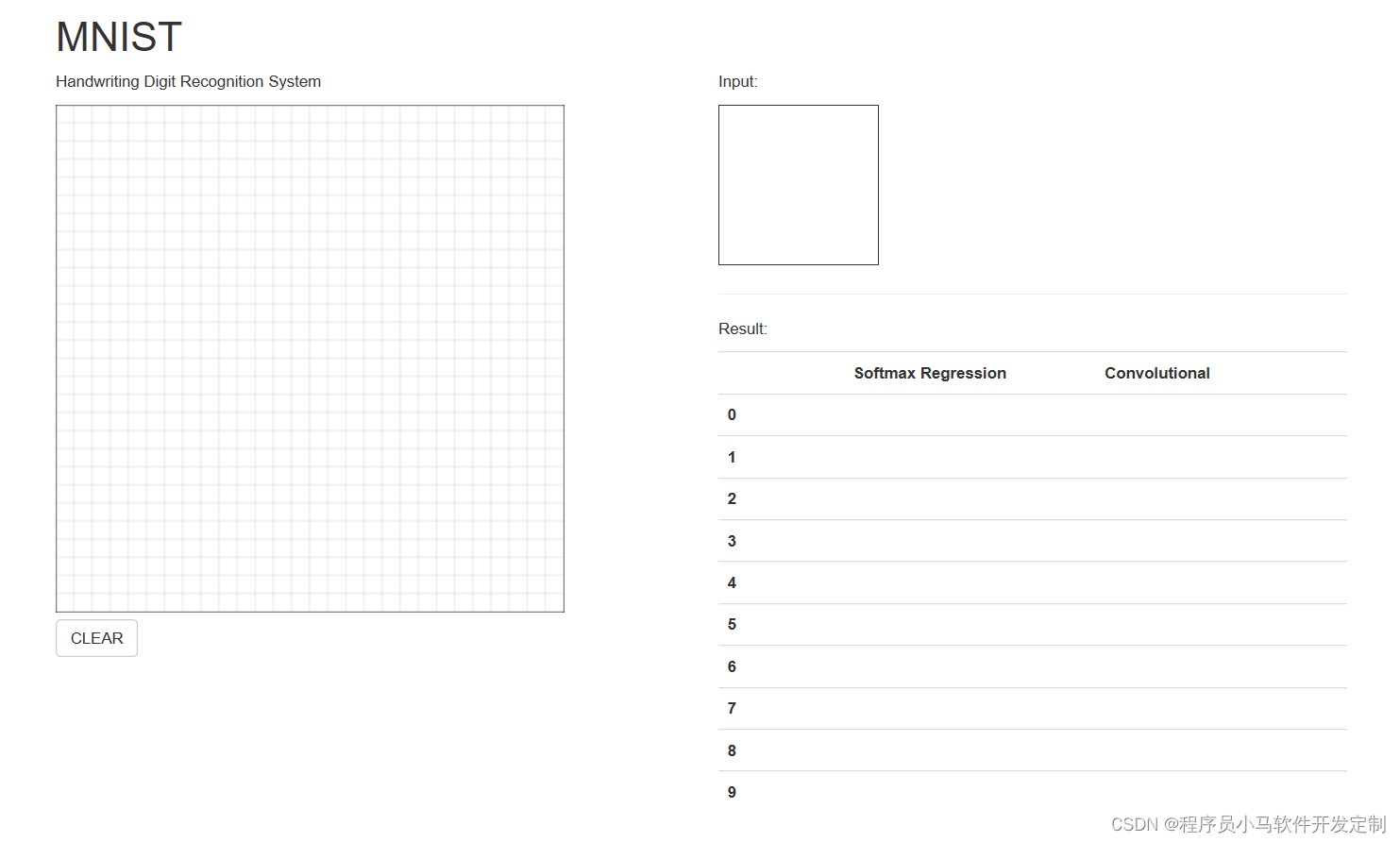

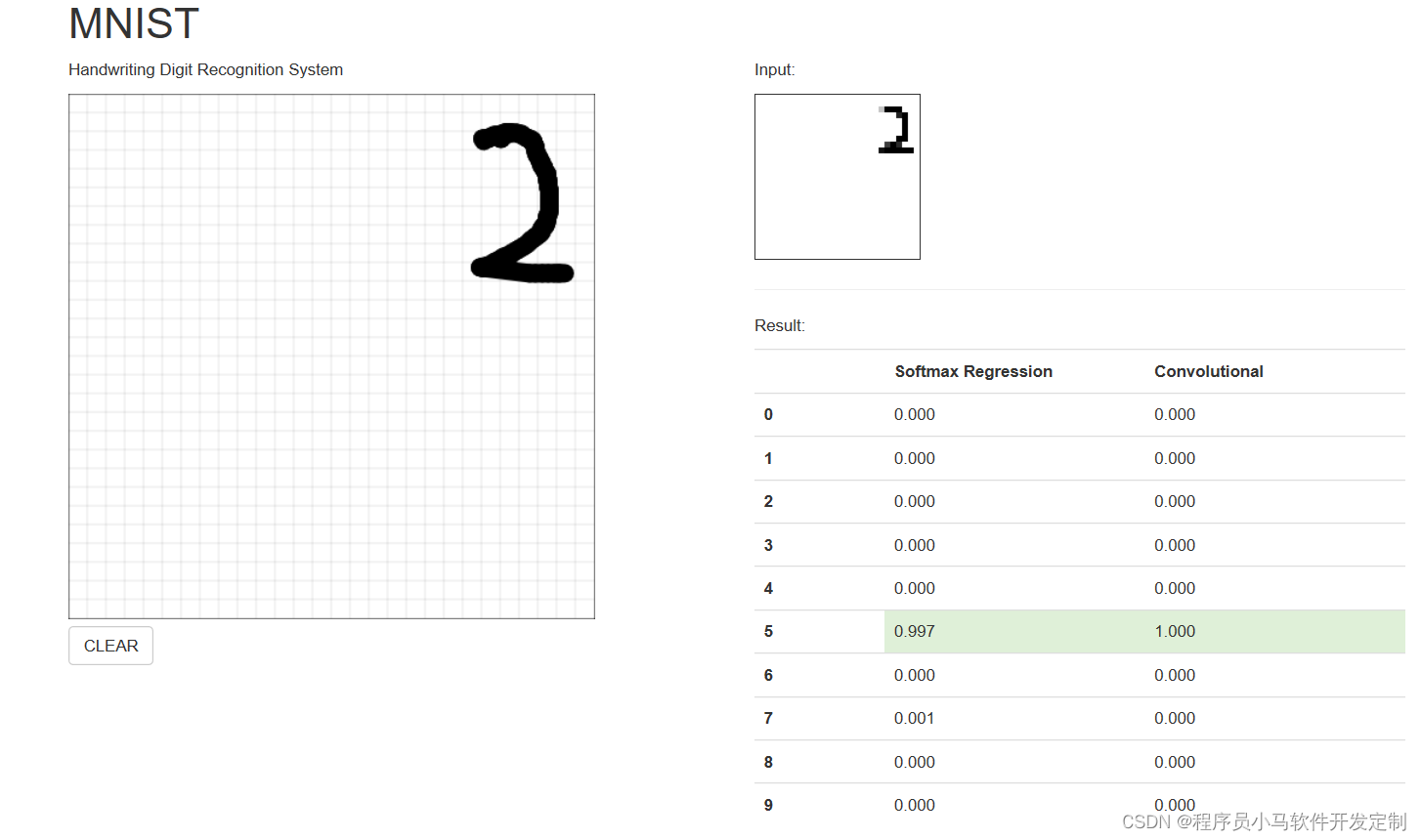
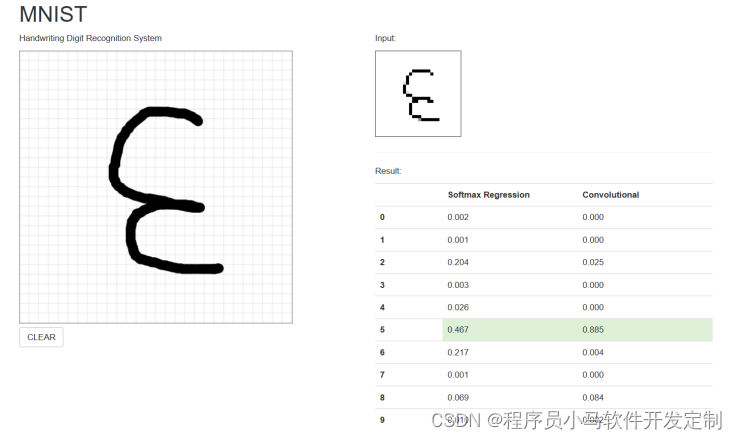















 1508
1508











 被折叠的 条评论
为什么被折叠?
被折叠的 条评论
为什么被折叠?










